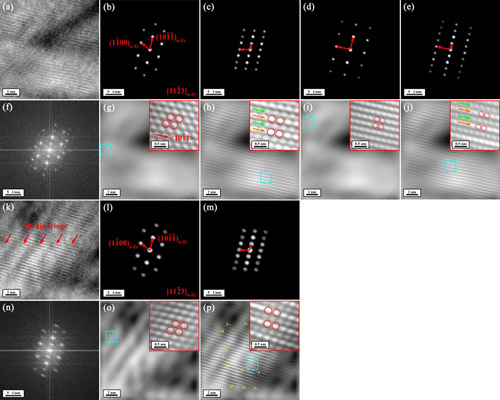Interactions of high-energy electrons (>200 keV) with crystalline lattices of materials give rise to defects such as vacancies, interstitials, electron excitation, ionization, and so on, referring to as radiation damage, which results in changes in physical, chemical and mechanical properties of materials, in aggregate causing macroscopically observable degradation effects known as radiation effects. For metals, the primary damage way is by knock-on atomic displacement. Due to momentum conversation, only a tiny fraction of the impinging electron energy can be transferred to a nucleus, so a rather high electron energy (an incident-energy threshold) is required to displace a lattice atom from its original position, although the binding energy of lattice atoms is very small (~5-60 eV). In order to avoid knock-on atomic displacement, it is commonly thought that the only sure way is to use an incident electron energy below the incident-energy threshold of the target material.
Prof. LI Geping’s group from the Institute of Metal Research, Chinese Academy of Sciences (IMR, CAS) recently discovered that considerable knock-on displacement of zirconium atoms can take place under a low energy (30 keV) electron beam, which is far beyond the theoretical expectation (according to Prof. Hobbs’s expression, the incident-energy thresholds of zirconium for surface sputtering and knock-on displacement within lattices are ~210 and 433 keV, respectively). Under focused and stationary electron beam at an incident energy of 30 keV in a field-emission scanning electron microscope (FE-SEM), electron beam irradiation of the polished bulk Zircaloy-4 surface resulted in a striking radiation effect that nanoscale precipitates within the surface layer gradually emerged and became clearly visible with increasing the irradiation time (this phenomenon in itself provides a convenient way to examine size and geometry distribution of precipitates in zirconium alloys). Transmission electron microscope (TEM) observations further reveal that electron beam irradiation of the thin-film Zircaly-4 surface caused the sputtering of surface α-Zr atoms, the nanoscale atomic restructuring in the α-Zr matrix, and the amorphization of precipitates. These results are the first direct evidences suggesting that displacement of metal atoms can be induced by a low incident electron energy below threshold.
The radiation damage of electrons on the Zircaloy-4 surfaces is so significant that may draw attention on surface degradation of zirconium alloys due to electron irradiation (such as β rays) under practical conditions in nuclear reactors. In addition, as restructuring of the α-Zr matrix can occur at the nanoscale under a low energy electron beam, irradiation with such an electron beam may be a viable route to study the gradual process of phase transformation within inorganic solids. Moreover, irradiation of other materials with electron beam at a low incident energy at a high specimen current density in a FE-SEM may similarly cause considerable radiation damage possibly leading to promising physical and chemical properties for applications in a variety of fields, such as nanotechnology, surface technology, and others.
The study entitled "Considerable knock-on displacement of metal atoms under a low energy electron beam" has been published in the March issue of Scientific Reports.

Figure 1. Radiation damage on Zircaloy-4 surface under focused and stationary electron beam at an incident energy of 30 keV in a FE-SEM (Image by IMR)

Figure 2. Radiation damage on the α-Zr matrix after irradiation under focused and stationary electron beam at an incident energy of 30 keV in a FE-SEM (Image by IMR)